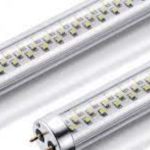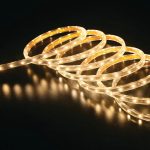LED vs Incandescent Light Bulbs: Understanding the Key Differences

In today’s world, lighting has become an essential element of our lives, from illuminating our homes to enlightening our streets. But with so many lighting options available, choosing the right one can be overwhelming. LEDs and incandescent bulbs are two of the most popular choices for residential and commercial lighting. While they both serve the same purpose, they differ in many ways. Understanding the key differences between the two can help you make an informed decision when selecting the best option for your lighting needs. LEDs (Light Emitting Diodes) have gained popularity in recent years due to their energy efficiency and long lifespan. Unlike incandescent bulbs, which use a filament to produce light, LEDs use a semiconductor to convert electricity into light. This technology allows LEDs to produce the same amount of light with significantly less energy consumption, making them a cost-effective lighting option for both residential and commercial settings. Additionally, LED bulbs last up to 25 times longer than incandescent bulbs, reducing the need for frequent replacements and lowering maintenance costs. However, the initial cost of LED bulbs is higher than incandescent bulbs, making them more of an investment in the long run.
Lighting plays a crucial role in our daily lives, affecting our mood, productivity, and overall well-being. The right lighting can make a space feel warm and inviting, while the wrong lighting can leave us feeling gloomy and tired. Moreover, lighting helps us perform important tasks, such as reading or cooking, with ease and accuracy. In addition to aesthetic and functional benefits, lighting also affects our energy bills and carbon footprint. Therefore, it’s essential to choose the right type of lighting for each setting, whether it’s LED or incandescent bulbs, to optimize energy efficiency, reduce costs, and create a comfortable and healthy environment.
LED bulbs are more energy-efficient than incandescent bulbs, as they use up to 80% less energy to produce the same amount of light. Additionally, LED bulbs last considerably longer than incandescent bulbs, with an average lifespan of 25,000 hours compared to around 1,000 hours for incandescent bulbs. LED bulbs also emit less heat than incandescent bulbs, making them safer to use and reducing the risk of fire hazards. While LED bulbs have a higher upfront cost than incandescent bulbs, they offer significant cost savings over time due to their energy efficiency and longer lifespan. Overall, LED bulbs are a better choice for those looking for a more eco-friendly and cost-effective lighting solution.
Energy Efficiency
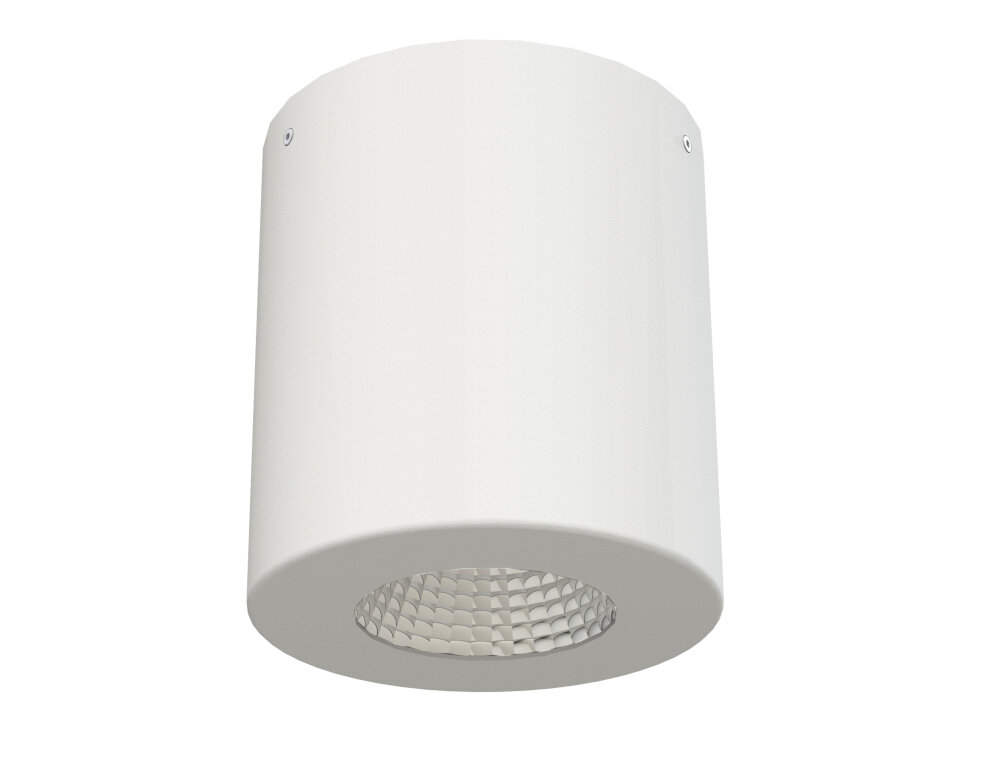
Energy efficiency is a crucial aspect of modern-day living. With the increasing demand for energy and its limited availability, it is essential to conserve and wisely use the available resources. One way of achieving energy efficiency is by using LED light bulbs. LED bulbs consume significantly less energy compared to incandescent bulbs. They use up to 75% less energy and last up to 25 times longer. This is because LED bulbs convert energy into light, while incandescent bulbs convert energy into heat, which is wasted. LED bulbs also emit less heat, making them an ideal choice for warm climates as they do not contribute to high air conditioning costs. LED bulbs are also environmentally friendly as they do not contain toxic materials like mercury, which is present in incandescent bulbs. This makes LED bulbs a safer option for households and the environment. Additionally, LED bulbs emit less carbon dioxide, reducing the carbon footprint of households and businesses. By using LED bulbs, individuals can decrease their energy bills and reduce their impact on the environment. Energy efficiency is crucial for sustainable development, and LED bulbs provide an effective solution to achieve this goal.
LED (Light Emitting Diode) bulbs are more energy-efficient than incandescent bulbs because they produce light in a different way. Incandescent bulbs produce light by heating a wire filament until it glows, which wastes a lot of energy in the form of heat. LED bulbs, on the other hand, produce light by passing an electrical current through a semiconductor material, which releases energy in the form of light. This process requires much less energy, making LEDs significantly more efficient than incandescent bulbs. Additionally, LED bulbs have a longer lifespan, meaning they need to be replaced less frequently, resulting in even more energy savings over time. While LED bulbs may have a higher upfront cost, the energy savings and longer lifespan make them a more cost-effective and sustainable lighting option in the long run.
Statistics show that LED light bulbs are more energy-efficient than traditional incandescent bulbs. According to the U. S. Department of Energy, LED bulbs use 75% less energy than incandescent bulbs, which translates to significant savings on electricity bills. LED bulbs also have a longer lifespan, lasting up to 25 times longer than incandescent bulbs, reducing the need for frequent replacements. Additionally, the increased efficiency of LED bulbs can significantly reduce carbon emissions and contribute to a more sustainable future. It is clear that making the switch to LED bulbs can provide both financial and environmental benefits.
When it comes to lighting, wattage and brightness are important factors to consider. LED bulbs use less wattage than incandescent bulbs to produce the same amount of brightness. A typical 60-watt incandescent bulb produces around 800 lumens, while an equivalent LED bulb only uses around 9-12 watts to produce the same amount of light. This means that LED bulbs are more energy-efficient and cost-effective in the long run, as they consume less electricity and last longer than incandescent bulbs. In addition, LED bulbs emit less heat, making them a safer choice for home and office lighting. Overall, the choice between LED and incandescent bulbs comes down to personal preference, budget, and lighting needs.
Lifespan
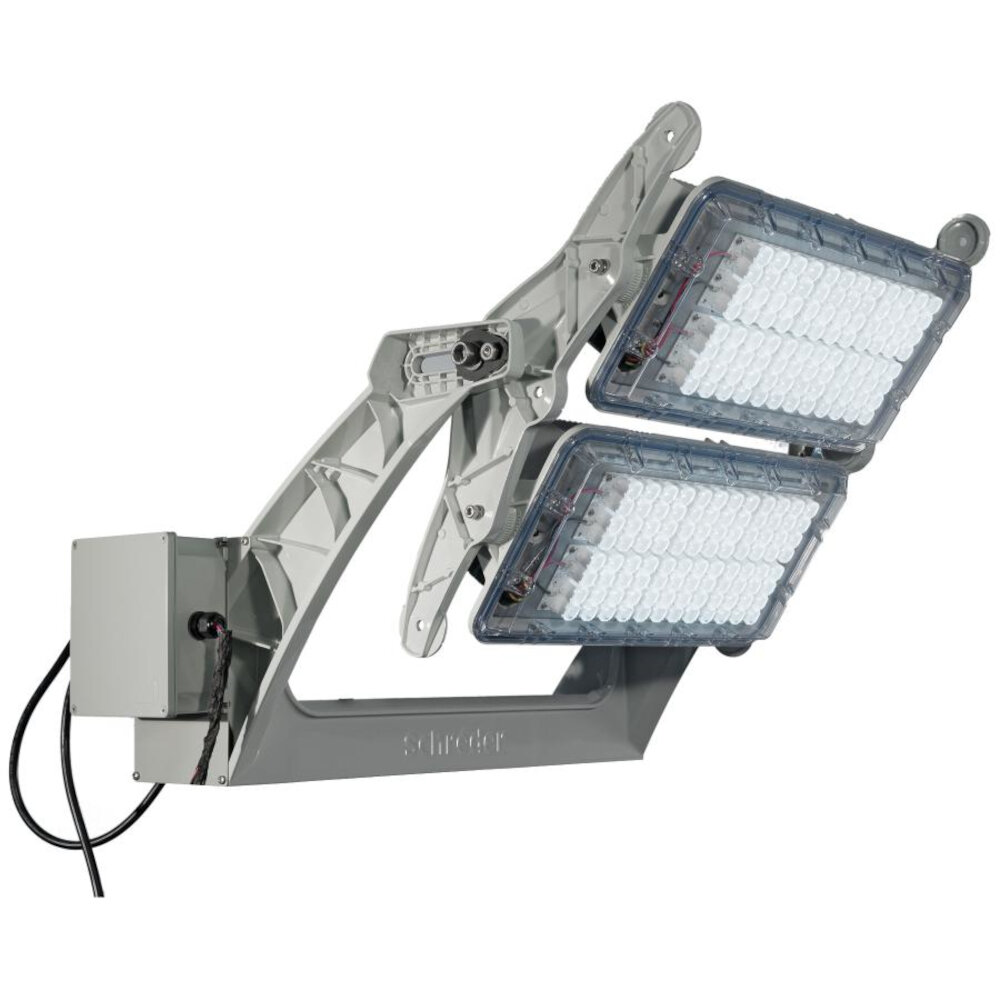
One of the most significant differences between LED and incandescent light bulbs is their lifespan. Incandescent bulbs have a relatively short lifespan, typically lasting around 1,000 hours. On the other hand, LED bulbs can last up to 25,000 hours or more, making them a much more durable and reliable option. This extended lifespan means that LED bulbs require less frequent replacement, which can lead to significant cost savings over time. In addition to being more long-lasting, LED bulbs are also more energy-efficient, using up to 80% less energy than incandescent bulbs. This means that not only do LED bulbs last longer, but they also save energy and reduce electricity bills. Another benefit of LED bulbs’ extended lifespan is their lower environmental impact. Since LED bulbs last longer, they generate less waste, reducing the number of bulbs that need to be manufactured and disposed of over time. LED bulbs also contain fewer hazardous materials than incandescent bulbs, making them a more environmentally friendly option. In addition to their environmental benefits, LED bulbs’ long lifespan and energy efficiency make them an excellent choice for businesses and homeowners looking to reduce their carbon footprint and save money on electricity bills. Overall, the lifespan of LED bulbs is a key factor that sets them apart from incandescent bulbs and makes them a smart choice for anyone looking for a more durable, energy-efficient, and sustainable lighting option.
LED bulbs are known for their longevity and energy efficiency compared to incandescent bulbs. The reason why LED bulbs last longer than incandescent bulbs is due to the materials used in their construction. LEDs do not have a filament like incandescent bulbs, which are prone to burning out after a certain amount of time. Instead, LED bulbs use a semiconductor material that emits light when an electric current is passed through it. This material is much more durable than a filament, allowing LED bulbs to last up to 25 times longer than incandescent bulbs. Additionally, LED bulbs produce much less heat than incandescent bulbs, which can contribute to their longer lifespan by reducing the risk of damage from heat. Overall, the use of advanced materials and technology in LED bulbs makes them a more durable and cost-effective lighting option compared to incandescent bulbs.
When it comes to the lifespan of LED and incandescent light bulbs, there is a stark difference between the two. LED bulbs have a longer lifespan, lasting up to 25,000 hours or more, while incandescent bulbs only last for around 1,000 hours. This means that you would need to replace an incandescent bulb 25 times to match the lifespan of just one LED bulb. Additionally, LED bulbs are more energy-efficient than incandescent bulbs, meaning they not only last longer but also save you money on your energy bills in the long run. While the initial cost of LED bulbs may be higher than incandescent bulbs, their longer lifespan and energy efficiency make them a more cost-effective choice in the long run.
When it comes to the cost comparison between LED and incandescent bulbs, LED bulbs are the clear winner over time. While the upfront cost of LED bulbs may be higher compared to incandescent bulbs, they consume significantly less energy and have a longer lifespan. LED bulbs can last up to 25 times longer than incandescent bulbs, which means less frequent replacement and less money spent on bulbs in the long run. Additionally, LED bulbs use up to 80% less energy than incandescent bulbs, resulting in lower electricity bills. Therefore, although LED bulbs may have a higher initial cost, they will save you money in the long run.
Environmental Impact
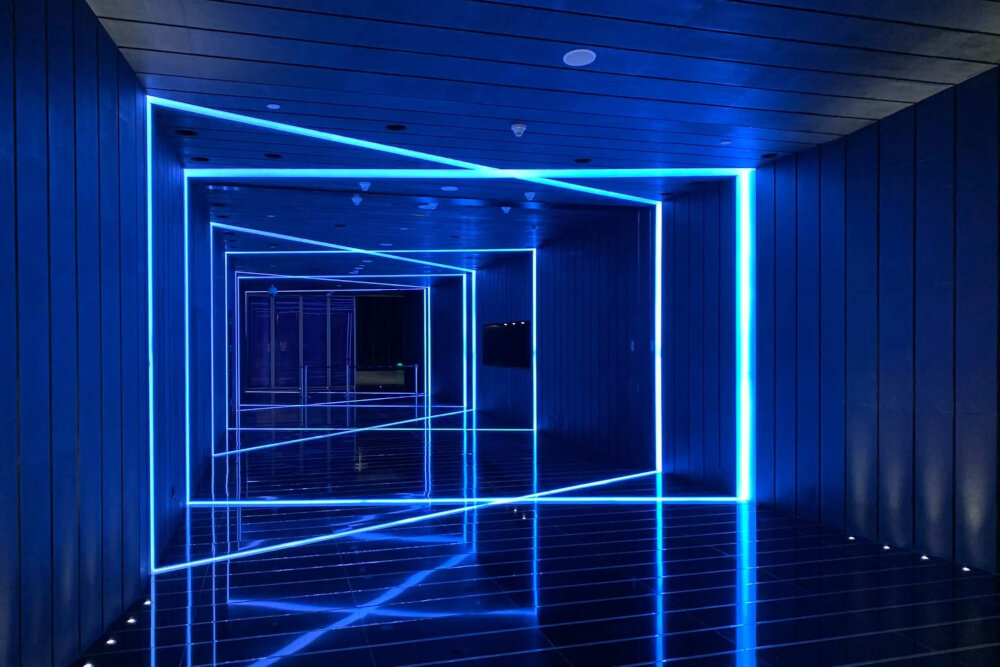
The environmental impact of lighting is a critical aspect that must be considered while choosing lighting options. Incandescent bulbs have been in use for over a century and are notorious for the high energy consumption, resulting in a significant environmental impact. These bulbs are highly inefficient, with only 10% of the energy used to produce light while the remaining 90% is wasted as heat. This inefficiency translates to higher energy bills and contributes to carbon dioxide emissions, which are harmful to the environment. Furthermore, incandescent bulbs have a shorter lifespan and must be replaced more frequently, leading to additional waste and environmental harm. On the other hand, LED lights have emerged as a more environmentally friendly alternative to incandescent bulbs. LED lights are highly efficient, converting up to 80% of the energy used into light and only 20% into heat. This means that LED lights use significantly less energy than incandescent bulbs, reducing energy bills and carbon dioxide emissions. Additionally, LED lights have a longer lifespan, which means that they don’t need to be replaced as often, reducing waste and environmental harm. Therefore, when it comes to environmental impact, LED bulbs are a clear winner over incandescent bulbs.
LED bulbs are considered more environmentally friendly than incandescent bulbs because they require less energy to produce the same amount of light, which translates to lower carbon emissions. LED bulbs also have a significantly longer lifespan compared to incandescent bulbs, reducing the amount of waste that ends up in landfills. In addition, LED bulbs do not contain toxic materials like mercury, which is often found in incandescent bulbs. This makes disposal of LED bulbs safer and more sustainable. Overall, the use of LED bulbs is a more responsible choice for consumers who want to reduce their environmental impact and carbon footprint.
The materials used in LED and incandescent bulbs significantly differ. Incandescent bulbs use a filament made of tungsten, which produces light when heated by an electric current. On the other hand, LED bulbs use a semiconductor material, which emits light when an electric current passes through it. The semiconductor material used in LED bulbs is typically made of gallium arsenide, gallium nitride, or silicon carbide. LED bulbs also contain a reflector and a lens, which help direct the light in a specific direction. In contrast, incandescent bulbs require a glass bulb to contain the filament and a gas mixture of argon and nitrogen to prevent the filament from oxidizing. Overall, the materials used in both types of bulbs play a crucial role in determining their durability, energy efficiency, and environmental impact.
LED bulbs produce less heat and emissions compared to incandescent bulbs due to their energy-efficient technology. Unlike incandescent bulbs, LED bulbs do not use a filament to produce light. Instead, they use a semiconductor to convert electrical energy into light energy, which generates significantly less heat. Additionally, LED bulbs do not emit infrared radiation, which is a type of electromagnetic radiation that produces heat. This makes LED bulbs more environmentally friendly, as they consume less energy and produce fewer emissions. Furthermore, LED bulbs have a longer lifespan, reducing the need for frequent replacements, which also contributes to their sustainability.
Cost
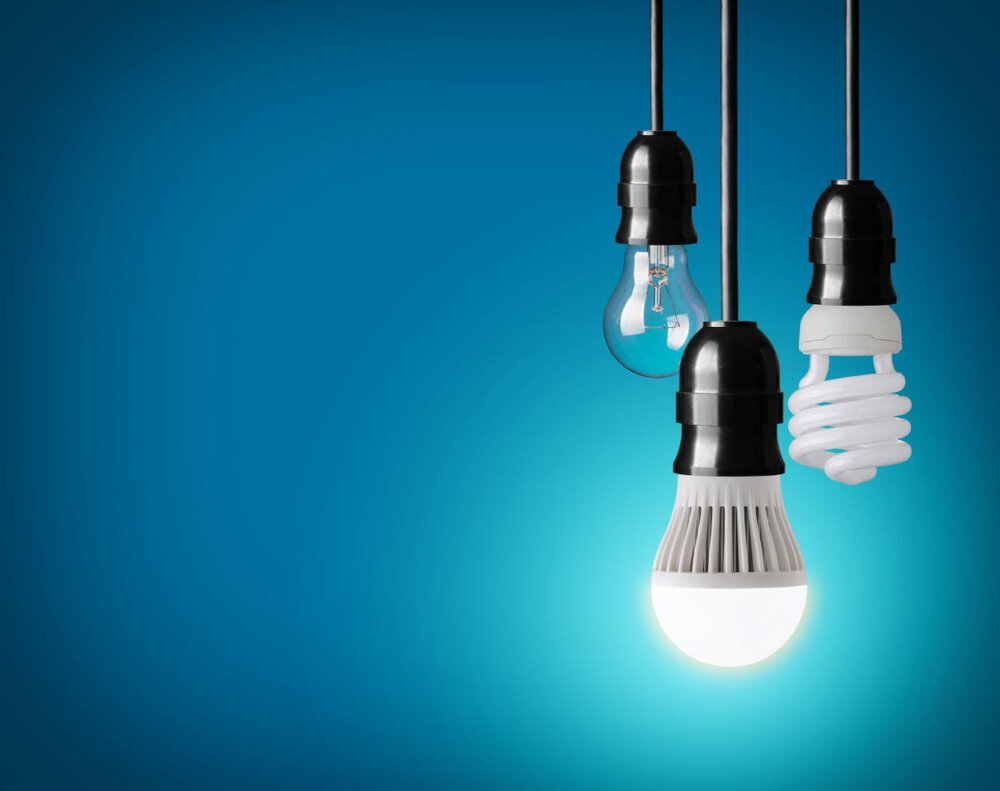
Cost is often a deciding factor when it comes to selecting between LED and incandescent light bulbs. While incandescent bulbs may have a lower upfront cost, they are significantly less energy-efficient and have a shorter lifespan than their LED counterparts. LED bulbs may have a higher initial cost, but they offer significant savings in the long run. They use up to 80% less energy than incandescent bulbs, resulting in lower electricity bills and reduced CO2 emissions. Additionally, LED bulbs last up to 25,000 hours, compared to the 1,000-hour lifespan of incandescent bulbs. This means that LED bulbs need to be replaced less often, reducing maintenance costs and inconvenience. When considering the cost of LED vs incandescent bulbs, it’s also important to note that LED bulbs come in a variety of price ranges. While premium LED bulbs may be more expensive than budget incandescent bulbs, there are also economical LED options available that can be comparable in price to incandescent bulbs. It’s essential to do the math and consider the long-term cost savings when making a decision between the two types of bulbs. In the end, while LED bulbs may have a higher upfront cost, they offer significant energy savings, a longer lifespan, and reduced maintenance costs, making them a more cost-effective choice in the long run.
LED bulbs are generally more expensive than incandescent bulbs due to several reasons. Firstly, the technology used in LED bulbs is more advanced and energy-efficient, which requires more materials and research to manufacture. Secondly, the production process of LED bulbs is more complex and time-consuming, involving the use of advanced machinery and skilled labor. Additionally, LED bulbs have a longer lifespan and lower energy consumption, which leads to lower electricity bills and replacement costs in the long run. This makes them a more cost-effective and environmentally sustainable choice, despite the higher initial investment. Overall, while LED bulbs may be more expensive upfront, their numerous benefits make them a smart and worthwhile investment for any household or business.
When it comes to comparing the upfront costs and long-term costs of LED and incandescent bulbs, there are clear differences. LED bulbs may have a higher initial cost than incandescent bulbs, but they are more energy-efficient and last significantly longer, ultimately resulting in lower long-term costs. Incandescent bulbs, on the other hand, have a lower upfront cost, but they consume more energy and need to be replaced more frequently, leading to higher long-term costs. Therefore, while LED bulbs may require a larger investment initially, their energy-efficient and long-lasting nature makes them a more cost-effective choice in the long run, and they also have the added benefit of being more environmentally friendly.
The use of LED bulbs is not only beneficial for the environment but also for our pockets. Governments worldwide have recognized the importance of transitioning to energy-efficient lighting and have introduced various rebates and incentives to encourage the use of LED bulbs in homes and businesses. These incentives range from tax credits to direct rebates on the purchase of LED bulbs. The United States, for instance, offers up to $10 in rebates per LED bulb, while countries like Australia and Canada provide tax credits for businesses that switch to LED lighting. These incentives not only reduce the financial burden on households and businesses but also promote the use of energy-efficient lighting and contribute to a greener environment.
LED and incandescent bulbs differ significantly in terms of energy efficiency, lifespan, and light quality. Incandescent bulbs convert only 10% of the energy consumed into light, while they produce the rest as heat, making them highly inefficient. In contrast, LED bulbs convert 95% of the energy consumed into light, making them extremely efficient. LED bulbs also last significantly longer than incandescent bulbs, with an average lifespan of 25,000 hours compared to only 1,200 hours for incandescent bulbs. Additionally, LED bulbs produce a brighter and more natural light than incandescent bulbs, making them ideal for a wide range of applications, from home lighting to commercial lighting.
LED bulbs are a great choice for those who want to reduce energy costs and their environmental impact. Compared to traditional incandescent bulbs, LED bulbs consume up to 80% less energy, making them highly energy efficient. Additionally, LED bulbs have a longer lifespan, up to 25 times longer than incandescent bulbs, which means they need to be replaced less frequently. This not only saves money on replacement costs but also reduces waste. Furthermore, LED bulbs don’t contain any toxic chemicals, such as mercury, which can be harmful to the environment. Therefore, by switching to LED bulbs, you can save money, reduce your carbon footprint, and contribute to a cleaner and healthier planet.
Conclusion
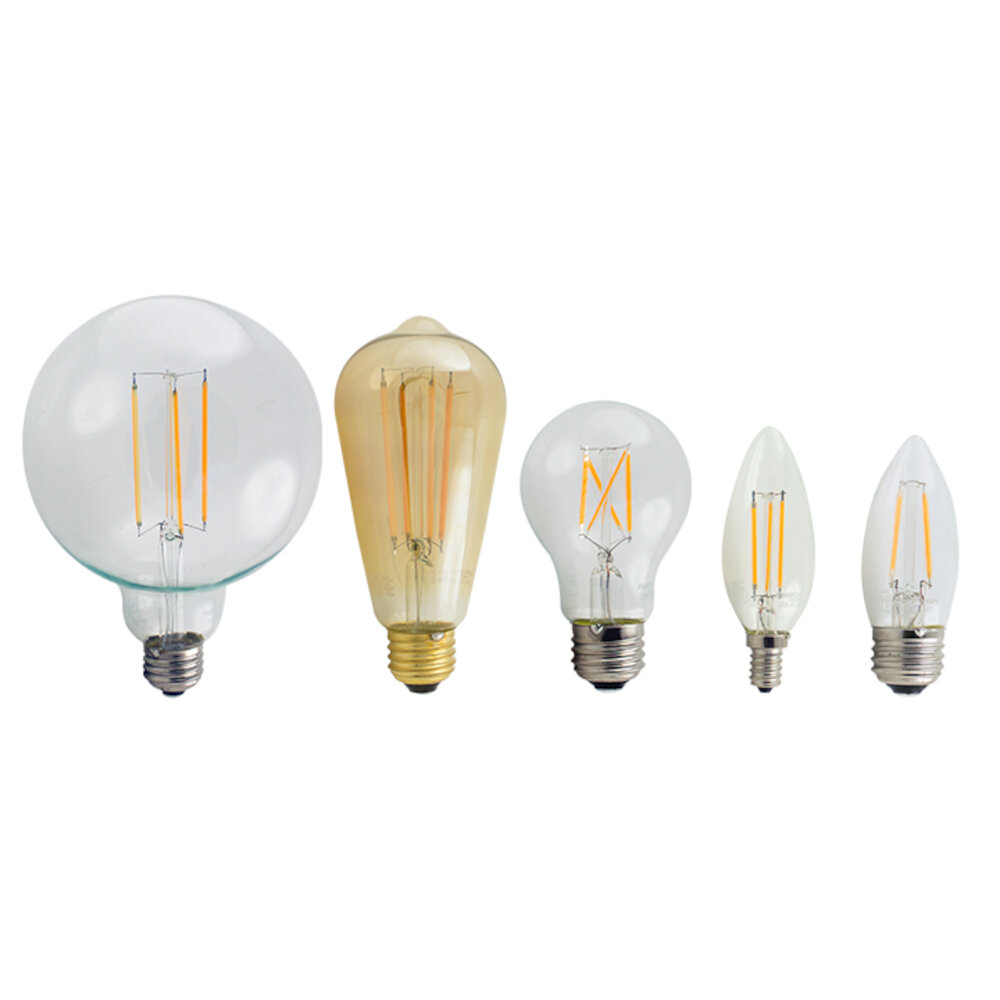
In conclusion, the choice between LED and Incandescent light bulbs ultimately depends on individual needs and preferences. While incandescent bulbs may be cheaper upfront, they are less energy-efficient and have a shorter lifespan than LEDs. LED bulbs, on the other hand, are more expensive initially but have a longer lifespan and use less energy, making them a more cost-effective and environmentally friendly option in the long run. Additionally, LED bulbs offer a wider range of colors and dimming options, making them a more versatile choice for different lighting needs. In summary, the key differences between LED and Incandescent light bulbs make it crucial for consumers to consider their specific requirements before making a purchase decision.


